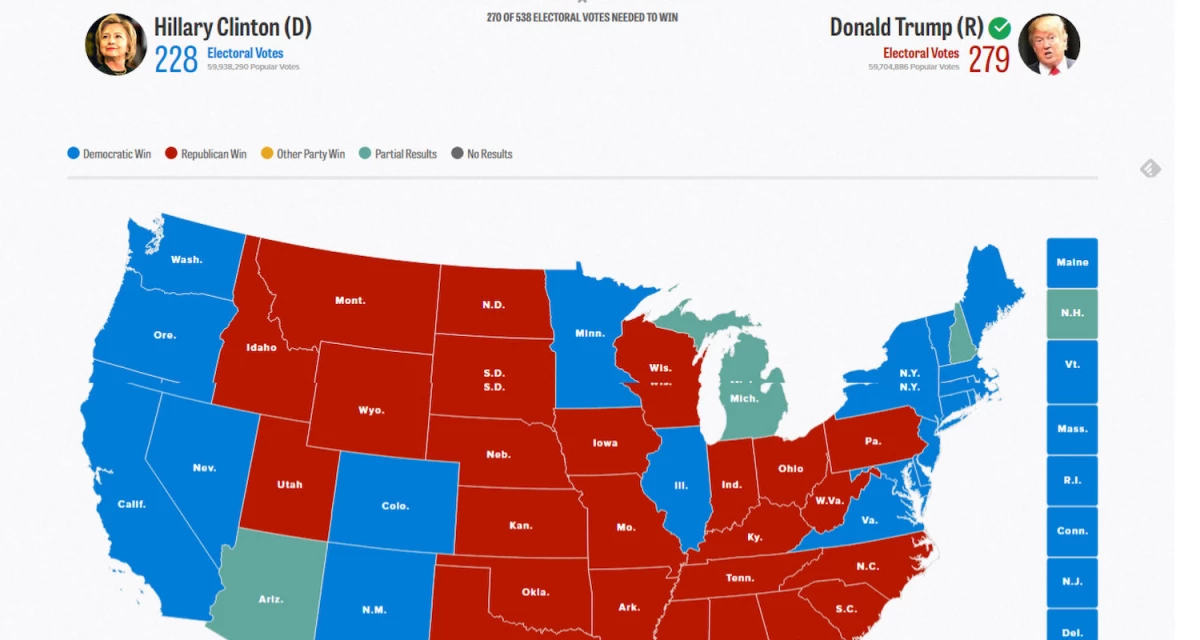- Home /
- Impact /
- News & Commentary /
- Did Hate Speech on Twitter Rise During and After Trump’s 2016 Election Campaign?
Did Hate Speech on Twitter Rise During and After Trump’s 2016 Election Campaign?
Our research shows that the amount of hate speech on Twitter did not systematically increase during and immediately after the 2016 presidential campaign.

Credit: Flickr
Area of Study
Tags
New York, NY — The amount of hate speech on Twitter did not systematically increase during and immediately after the 2016 presidential campaign, shows new research from NYU’s Center for Social Media and Politics (CSMaP).
The findings, published in the Quarterly Journal of Political Science, run counter to a popular narrative at the time — advanced by academics, policymakers, and everyday citizens — that Donald Trump’s 2016 candidacy and victory sparked an increase in online hate speech.
“Any amount of hate speech is a problem,” said Alexandra Siegel, an assistant professor at the University of Colorado Boulder and lead author of the study. “But we wanted to test the conventional wisdom around the 2016 election that online hate speech was increasing and becoming more mainstream, which we found no evidence of.”
To investigate the relationship between Trump’s rise to power and the prevalence of hate speech on Twitter, CSMaP researchers collected more than 1 billion tweets from between June 17, 2015 (the day after Trump declared his candidacy) and June 17, 2017 (more than six months after his election). Approximately 750 million tweets in the dataset referenced Hillary Clinton and Donald Trump, and an additional 400 million came from a random sample of 500,000 American Twitter users during the same period. Using a machine-learning-augmented dictionary-based method, as well as a semi-supervised approach leveraging naturally annotated Reddit data, the authors then classified and measured tweets containing hate speech and white nationalist language.
In contrast to the dominant narrative, the research group observed no systematic increase in hate speech over the course of the campaign or in the immediate aftermath of Trump’s election.
In any given month during the period studied, between 0.1 percent and 0.3 percent of tweets in the dataset contained hate speech. The findings did reveal temporary spikes in hate speech following some key events during this period, such as terror attacks or Trump’s adoption of a “Muslim ban.” But these bursts did not indicate a systematic increase in hate speech on Twitter during the campaign or after the election.
The researchers cautioned against misinterpreting or politicizing the results of the study.
“We want to be crystal-clear: We’re measuring the prevalence of hate speech on Twitter,” said Jonathan Nagler, a CSMaP co-director who co-authored the study with Siegel. “We’re not measuring the impact of that hate speech.”
“These results don’t undermine the horror of what was done to individuals targeted by hate speech,” said Joshua Tucker, another co-director of CSMaP and co-author of the study. “But they do illustrate the need to understand that anecdotes — which drove conventional wisdom and have influenced policy and regulatory debates since Trump’s victory — aren’t evidence of systematic trends over time.”
“This study is an example of how to interrogate popular narratives around human behavior on social media,” Siegel added. “You need to zoom out and rely on multiple large-scale datasets to make claims about the mainstreaming of hate speech. Many news stories on the subject didn’t do so over the course of Trump’s campaign or during his presidency.”
Read the study in the Quarterly Journal of Political Science or see an ungated working paper version here.